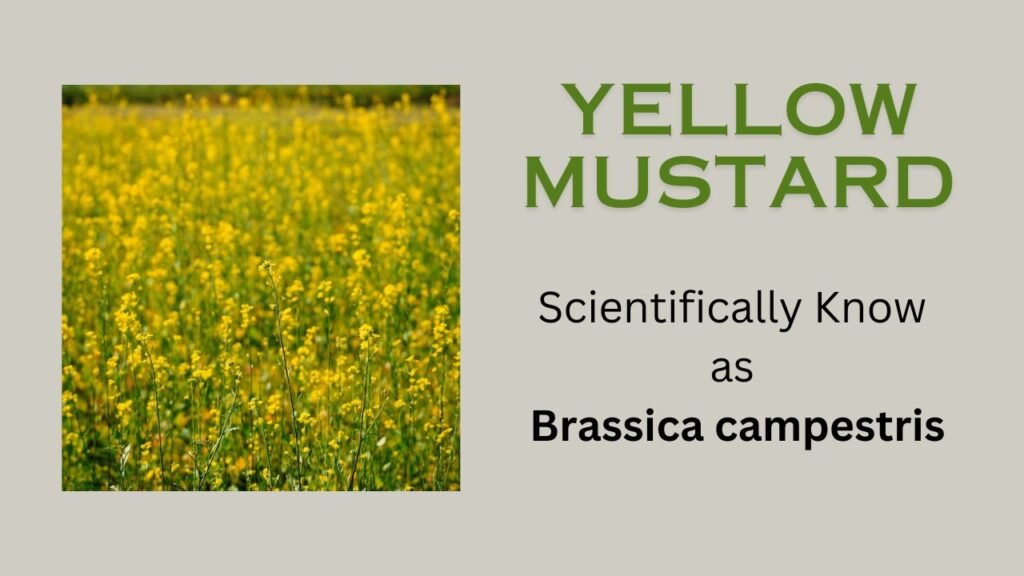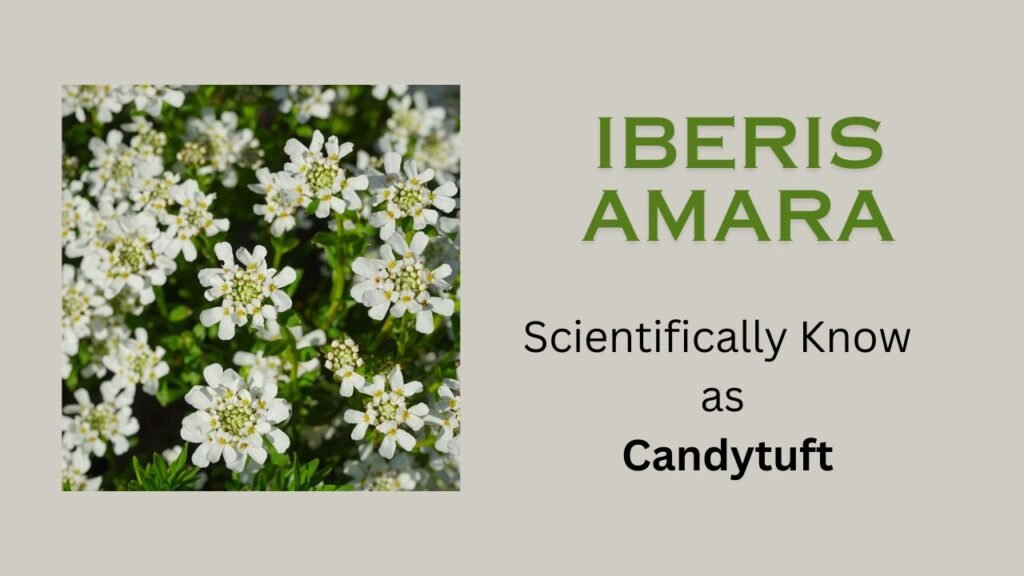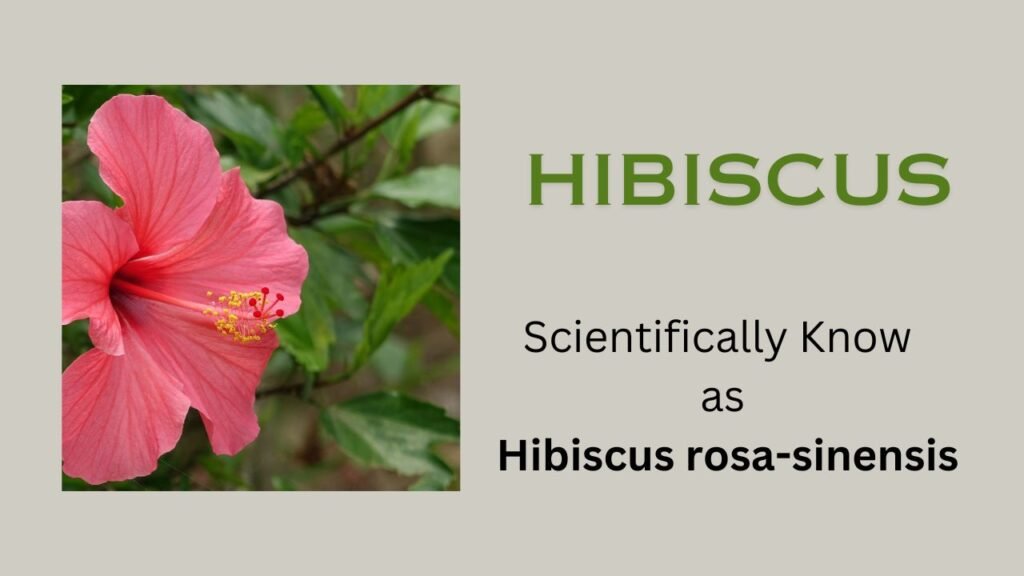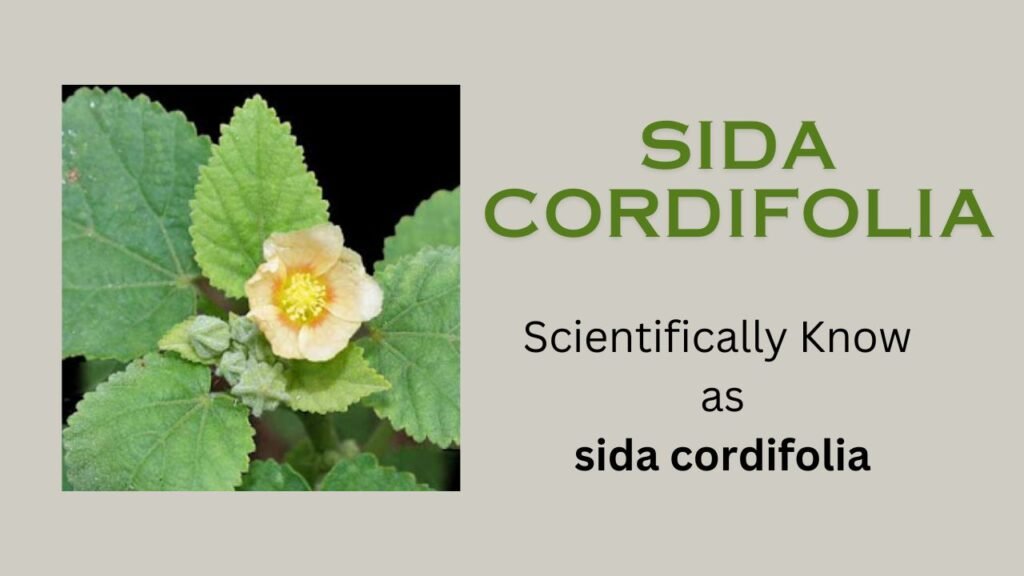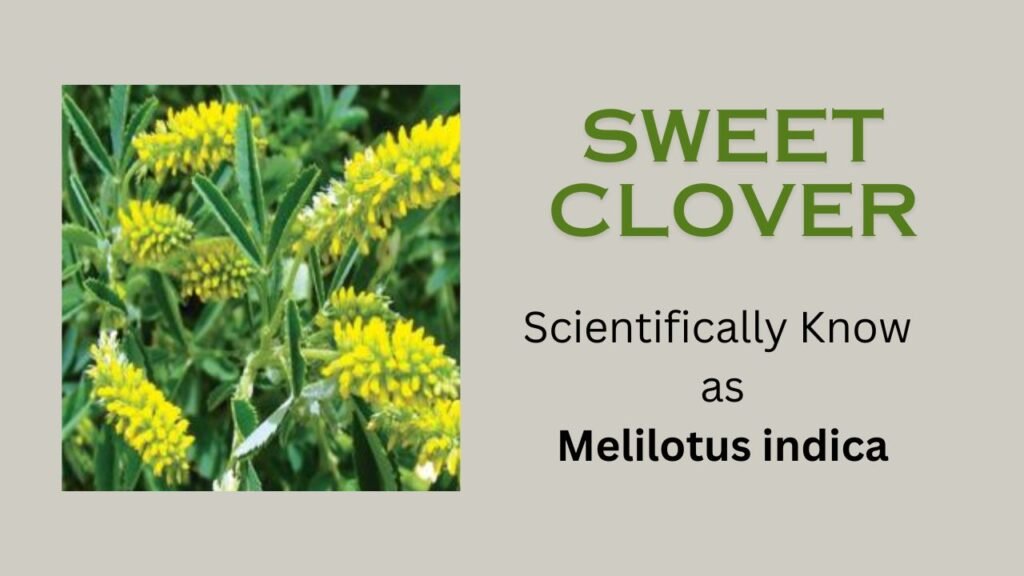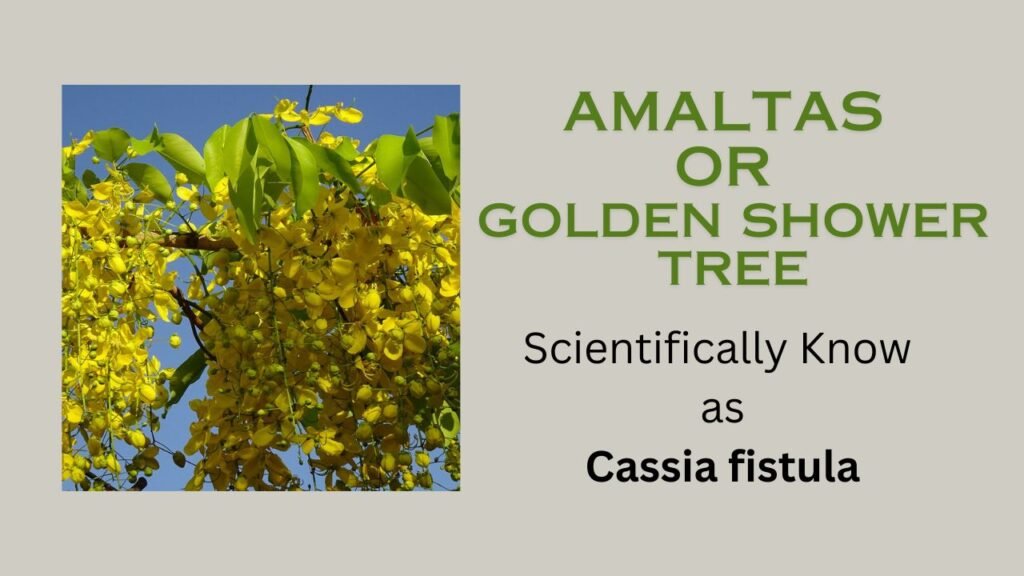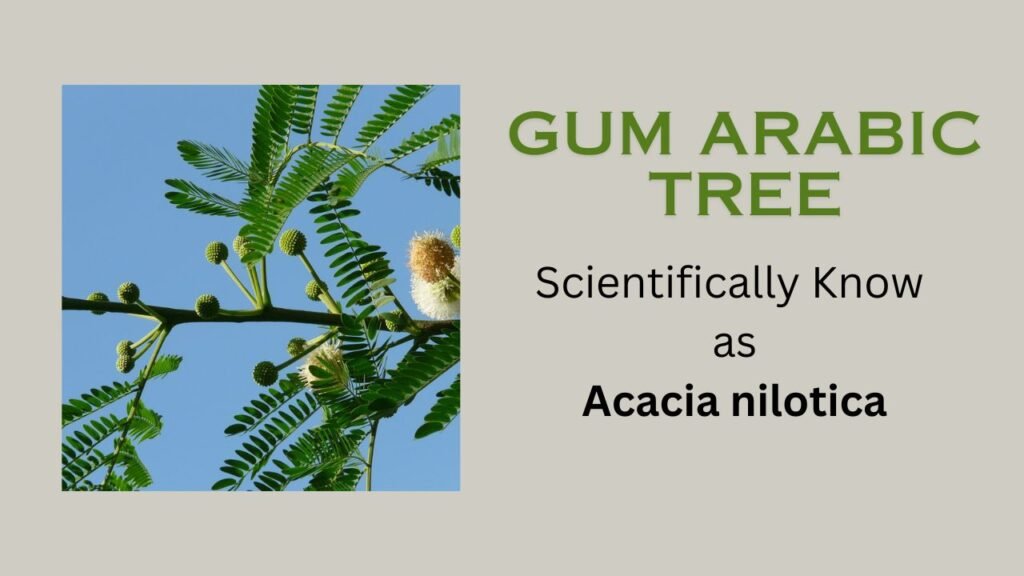The scientific name of green peas is Pisum sativum. It is a member of the Leguminosae family. Peas are pods that are used as vegetables. Peas are a member of the subfamily Pepilionatae in the Leguminosae family. In this article, we will learn about the position of leaves, flowers, and fruits in the pea plant.

Scientific Name: Pisum sativum
Some Basic Information about Pisum sativum
Habit– An annual herb
Root– Nodulated tap root, nodules containing nitrogen-fixing bacteria.
Stem-Weak, climber, leaflet tendrils, cylindrical and fistular.
Leaf– Petiolate, imparipinnately compound, stipulate, stipules large, ovate, semicordate and irregularly toothed at the base, pinna ovate, 4-6 in number, rachis and upper leaflets ending into branched tendril.
Inflorescence– Typical raceme.
Flower– Pedicellate, bracteate, zygomorphic, hermaphrodite, complete, hypogynous, white or pink.
Calyx-Sepals 5, gamosepalous, green, valvate aestivation.
Corolla– Petals 5, polypetalous, papilionaceous [the posterior petal is largest (standard or vexillum) and two laterals are wings or alae, and the inner two anterior are fused to form a boat-shaped structure called keel or carina.]. Thus the flower becomes zygomorphic, descending imbricate aestivation.
Androecium– Stamens 10, diadelphous [1+(9)], filaments of 9 stamens fused are anteriorly placed and 1 free stamen is placed posteriorly, filaments are long, anthers dorsi or basifixed, dithecous, introrse.
Gynoecium-Monocarpellary, unilocular, ovary superior, marginal placentation.
Fruit– Legume.
Floral formula– Br% ⚥ K(5) C1+2+(2) A1 + (9) G1
Systematic Position:
Division – Phanerogamia
Subdivision – Angiospermae
Class – Dicotyledonae
Subclass – Polypetalae
Series – Calyciflorae
Order – Rosales
Family – Leguminosae
Subfamily – Papilionatae
Genus – Pisum
Species – sativum

